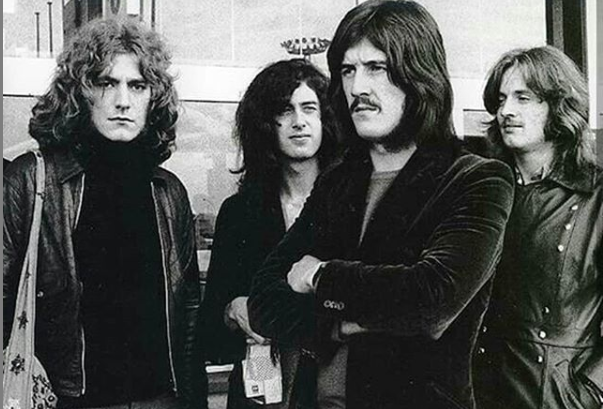An untitled album simply called “Led Zepplin IV”, without mentioning the artist on the cover, mysterious, esoteric. And the most relevant: of a seismic influence even half a century later (it was published on November 8, 1971).
Most of it was not recorded in a studio: the group was secluded in an English country mansion, Headley Grange, with the Rolling Stones’ mobile recording studio. In that atmosphere of isolation, Led Zeppelin (Robert Plant, vocals; Jimmy Page, guitar; John Paul Jones, bass, and John Bonham, drums) reinvented rock.
The song When The Levee Breaks: what is it about. A robbery of the old blues musicians that the group, this time, credited. The lyrics for When the Levee Breaks are by Memphis Minnie, the so-called Lady of Delta Blues, one of the women who built the blues back in the 1920s.
The text attracted the group because it is a passionate and dramatic journalistic report turned into a poetic lament. In 1927 there was a great flood caused by the overflow of the Mississippi River. It killed 500 people and ate parts of the southern states. Thousands of African Americans were recruited, toiling tirelessly and in fear in less than humane conditions. Some died. “I work on the dam, Mom, both day and night, I work so hard to keep the water away,” the lyrics say.
Plant made some contributions. The great Memphis Minnie had time to listen to the version of the white rockers, since she passed away in 1973, at the age of 76, two years after the album was released.

